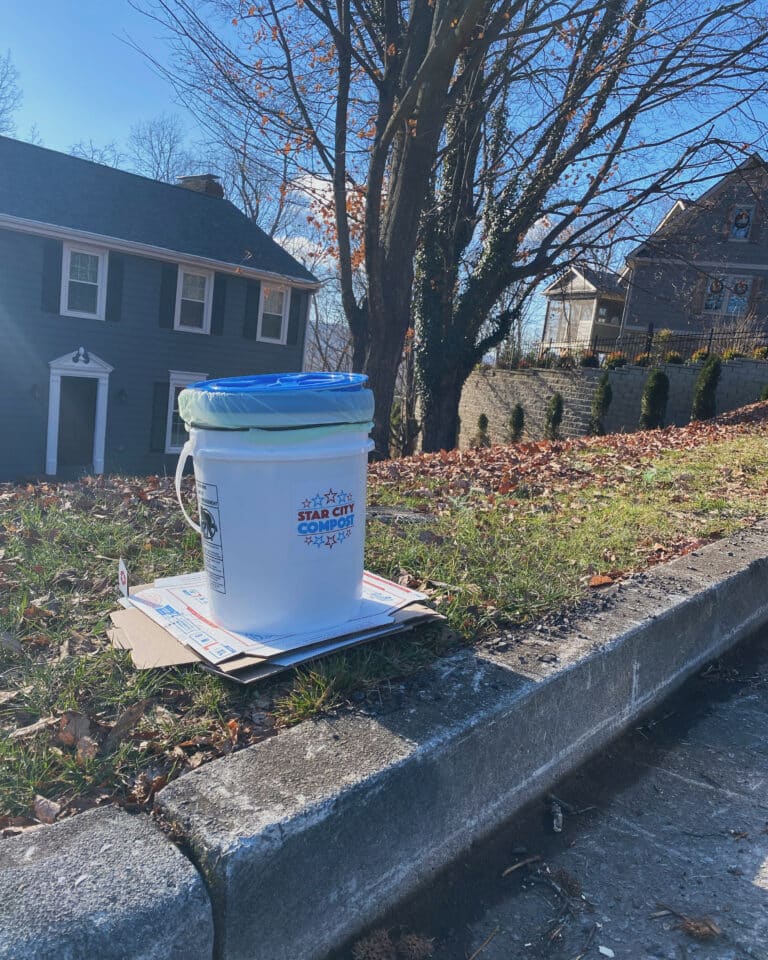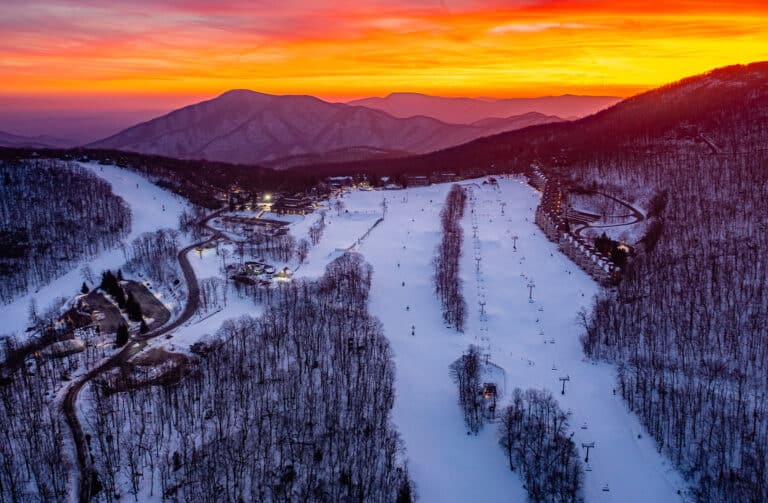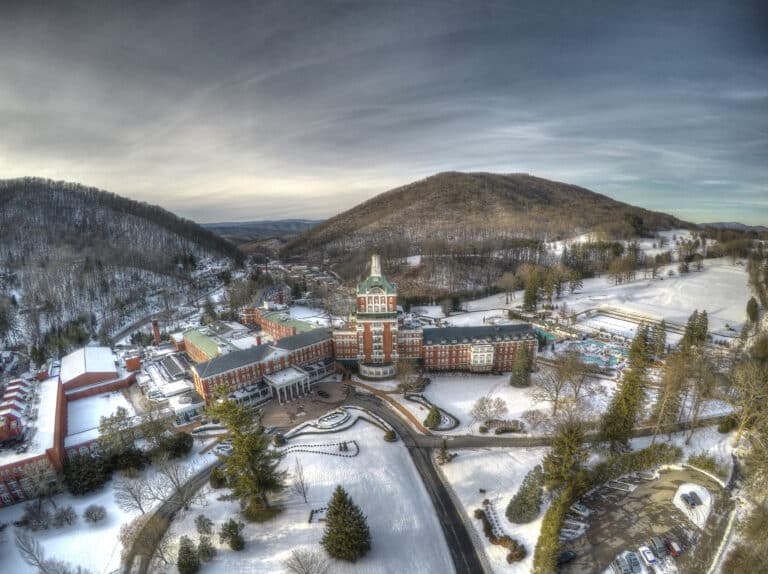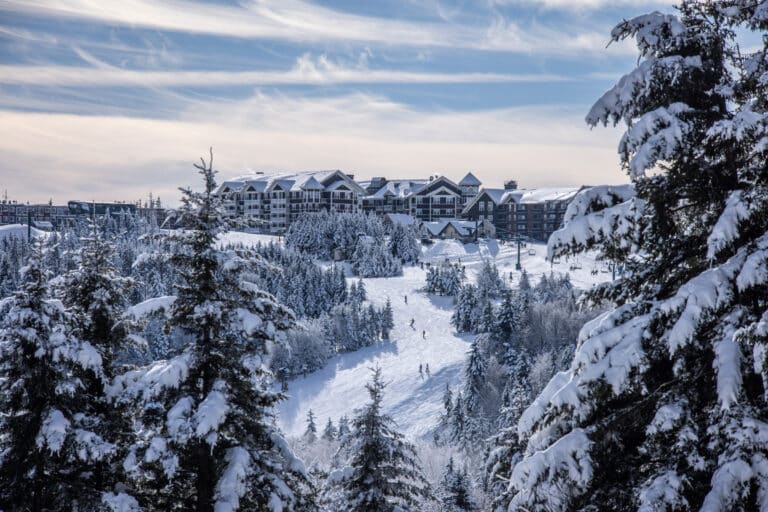Dear EarthTalk: I recently saw a reference to “Enertia houses” that require little in the way of external sources for heating or cooling. Do you have any information on this housing design?
— Alan Marshfield, via e-mail
Enertia is a brand name for homes designed and sold in kits by North Carolina-based Enertia Building Systems (EBS). The idea essentially marries the concepts of geothermal and passive solar heating/cooling into what amounts to a highly energy efficient hybrid system. Architectural inventor Michael Sykes coined the term “Enertia” in the 1980s to describe the innovative homes he was designing that would store solar and geothermal energy and make use of it for most if not all heating and cooling needs.
Under such a system, solid wood walls replace siding, framing, insulation and paneling, while an air flow channel—or “envelope”—runs around the building inside the walls, creating what Sykes terms a miniature biosphere. Inside the envelope, solar heated air circulates, pumping and boosting geothermal energy from beneath the house and storing it within the wood mass of the walls, where it is doled out gradually.
By harnessing the properties of thermal inertia—the ability of materials to store heat and give it off slowly—an “Enertia” house maintains a relatively fixed and comfortable temperature throughout the warmer day (when solar heat is collected and stored) and cooler night (when the wood walls give off heat to keep things toasty as the mercury dips).
The heart of the system is a south-facing sun space within the envelope that is dominated by windows and which therefore soaks up lots of solar energy, filling the house’s wood walls with thermal energy that in turn radiates into the primary living space. The entire house functions like an electric heat pump—moving warm and cool air around to accommodate the comfort needs of the occupants. It works even throughout the seasonal changes of the year—with minimal to no fossil fuels consumed or pollution generated.
In one Enertia house in North Carolina, the only power bill the owners typically pay is $35/month for electricity. They also have a back-up in-floor radiant heating system powered by natural gas for long cloudy stretches or unusually cold weather. Gas bills for heat typically total $150 for the year, meaning the owners’ total annual outlay for heating, cooling and electricity is less than $600—some $1,000 less than traditional homes in the same zip code are paying, according to data from the U.S. Department of Energy.
EBS markets several different designs for its Enertia houses, but all share the basic premise of primary interior living space heated and cooled by air channeled in from a south-facing “buffer zone” envelope and from below grade. Smaller houses in the line top out at about 2,000 square feet over two floors of living space, while larger ones encompass some 4,000 square feet of living space over three floors. Depending on the model, you could spend anywhere from $66,000 to $292,000 for a complete plan and building materials kit. The rest—including the selection and cost of the land and the labor to build the house—is up to you.
CONTACTS: Enertia Building Systems, www.enertia.com.
SEND YOUR ENVIRONMENTAL QUESTIONS TO: EarthTalk®, P.O. Box 5098, Westport, CT 06881; [email protected]. Read past columns at: www.emagazine.com/earthtalk/archives.php. EarthTalk® is now a book! Details and order information at: www.emagazine.com/earthtalkbook.







